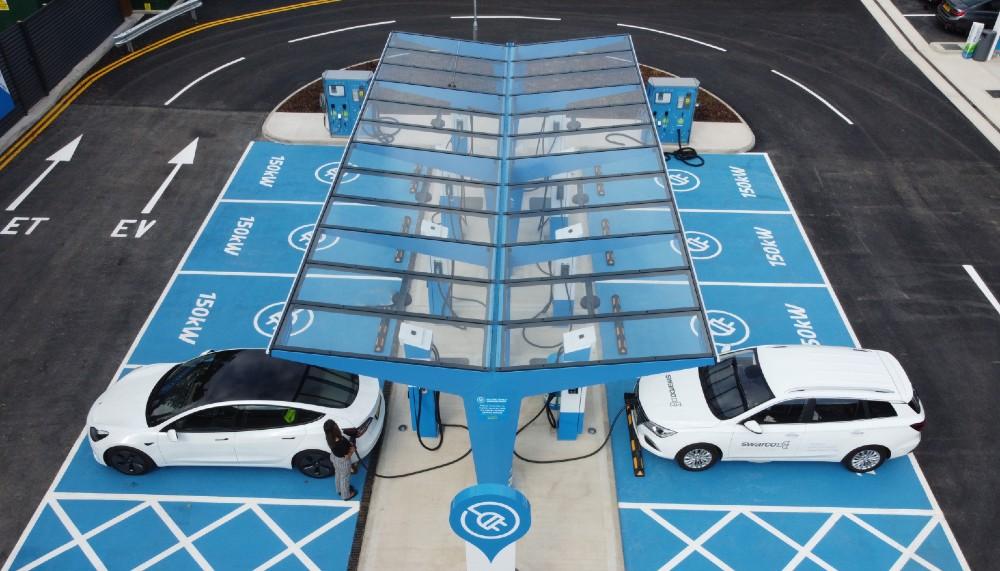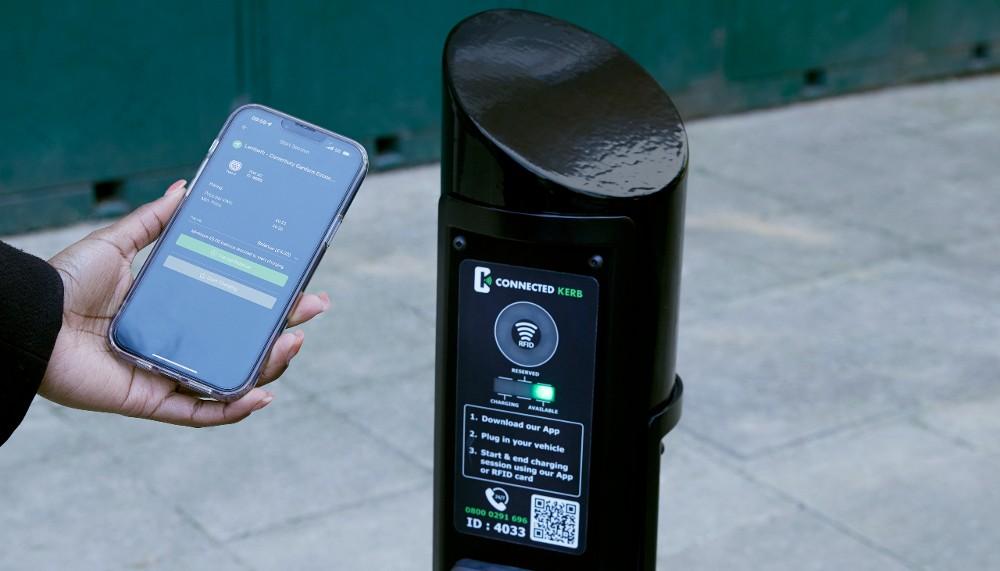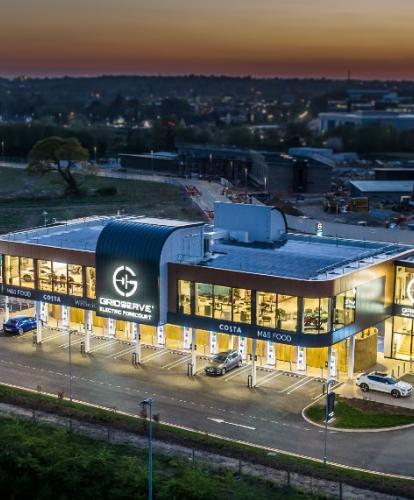Zapmap, the UK’s leading charge point mapping service, and UK law firm TLT have joined forces to uncover where, when and how UK consumers are charging electric vehicles (EV) – and what this means for the development and funding of the public charging network in future.
The report sees industry experts share their analysis of Zapmap survey data, sharing insights into the public charging network and funding landscapes – from taking the temperature on investor confidence through to describing new funding models and where they see the biggest opportunities for growth.
According to Zapmap’s survey – which saw responses from over 4,300 Zapmap users – around 90% of EV drivers use public charging points: most use the public network on a more or less monthly basis, with some using it much more frequently and others less so. Moreover, the findings also illustrate how the public network is having to provide for quite a variety of needs.
The first of these is ‘en route’ charging, akin to filling up a petrol or diesel car at a service station. These chargers now tend to be ultra-rapid, meaning they can add 60-100 miles within 15 minutes, and are increasingly found in groups of between 6–20 devices.
The findings show that usage of these types of chargers has continued to increase significantly in 2022, with 37% of Zapmap users now saying they use them, demonstrating high demand for this manner of charging. This is also reflected in the continuing popularity of high-speed charging hubs (used by over a third of drivers), where these ultra-rapid devices are often found.

High-speed charging hubs such as this one from MFG EV Power are springing up across the country.
Meanwhile, the survey also revealed rising demand for ‘on-street’ charging – which meets the needs of EV drivers without access to electric car charging at home – as well as consistent use of shorter sessions to top up the battery at destinations such as supermarkets and hotels, known as ‘destination’ charging.
While the Zapmap survey certainly revealed growth in, and increased usage of, all three areas of the public charging network, it is crucial that the UK’s charging infrastructure continues to expand at pace.
Encouragingly, a number of factors are driving confidence from investors across all three types of charging provision, including the visible growth of the public charge point network, regulation, and incentives. This is leading investors to consider funding charge point networks far more than even a year ago.

Connected Kerb recently secured investment to support plans to deliver 190,000 on-street chargers by 2030.
Looking ahead, data will be the enabling factor, not only in terms of improving the experience of EV drivers – by offering more accurate and up-to-date information when out and about – but by helping to unlock funding to build the right infrastructure in the right places.
Zapmap Co-founder & COO Melanie Shufflebotham, said:
“With the UK’s public charging network expanding rapidly, this report in partnership with TLT is key to understanding how the EV landscape is changing in front of our eyes.
“Identifying and acting on current usage patterns across en-route, destination and on-street charging will be crucial for future charge point planning for investors, charge point operators, local authorities and landowners alike. This data is already being collected and can be extremely useful in understanding where the hot spots are and how the key trends are evolving.
“Looking ahead, increased provision of data will enable operators and investors across the UK to piece together an accurate picture of the UK’s charging needs and make the experience of driving an EV as seamless as possible for drivers.”
Maria Connolly, head of future energy and real estate at TLT, said:
“Our report finds that a mix of charging options is needed to make EVs accessible to as many people as possible. This presents opportunities for the public and private sectors, and will require continued government and regulatory support.
“Drivers also need to be given the tools and information they need to plan their journeys and drive EVs with confidence. Many consumers still have no idea of the range of an EV, and even when they’re told it’s up to 300 miles, they think that’s not enough.
“Investor confidence is growing, and new funding models are emerging, and we can expect to see this continue and further examples of this innovation in the coming year.”



